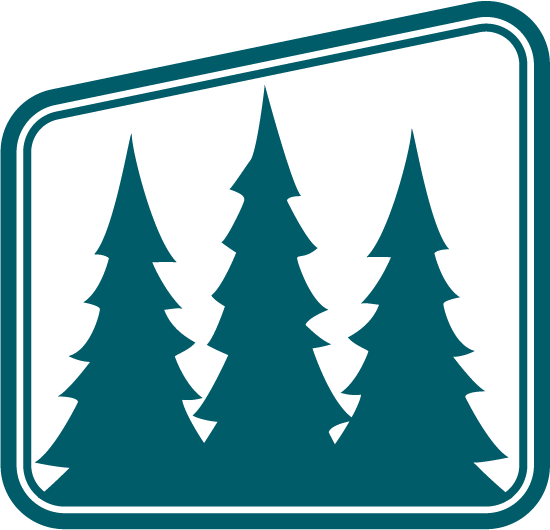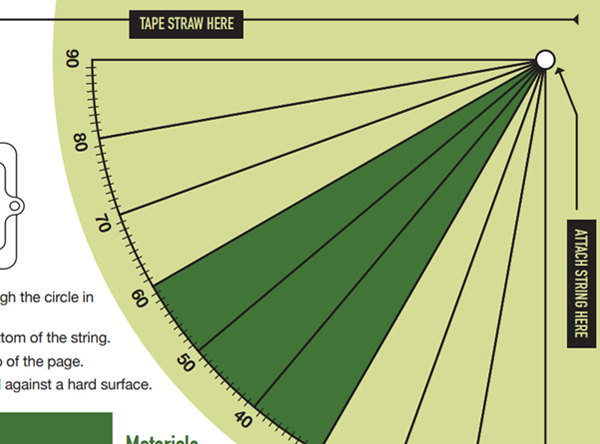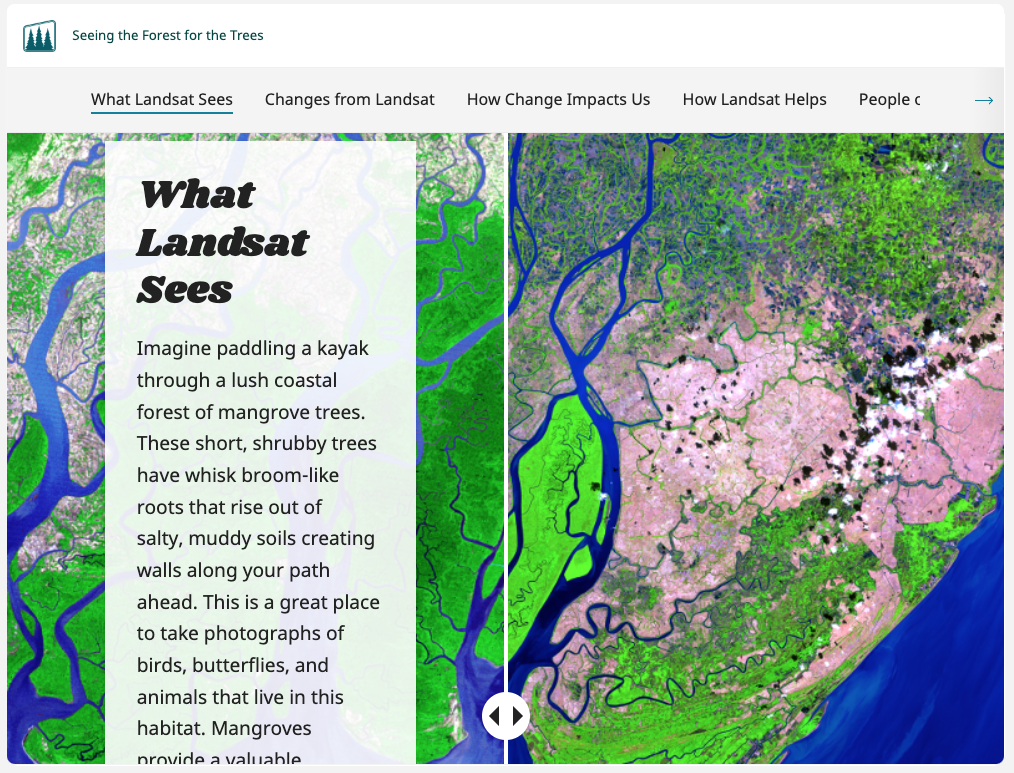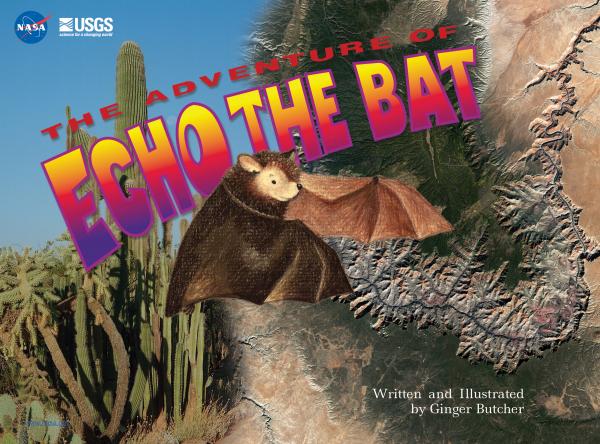



Plants play a very important role in our Earth’s ecosystem – to support life on Earth. Forests act like “lungs of the planet,” giving us oxygen and storing climate-warming carbon. Wetlands act as “Earth’s kidneys” to filter water and create a habitat for many plants and animals that form the base of the food chain that supports life on Earth.
Then & Now
In the last 50 years, there have been four different types of Landsat spacecraft, better and better science instruments were carried on each new spacecraft generation.
Plants play a very important role in our Earth’s ecosystem – to support life on Earth. Forests act like “lungs of the planet,” giving us oxygen and storing climate-warming carbon. Wetlands act as “Earth’s kidneys” to filter water and create a habitat for many plants and animals that form the base of the food chain that supports life on Earth.
Then & Now
In the last 50 years, there have been four different types of Landsat spacecraft, better and better science instruments were carried on each new spacecraft generation.
Landsat Collage Challenge
The Landsat series of satellites has been collecting visually stunning and scientifically valuable images of Earth since 1972. While Landsat data have played a critical role in the study of our land resources, images from these data have provided some of the most beautiful and unique colors, textures, and patterns of our planet. Explore these stunning patterns and colors from folded red mountain ridges, yellow dunes dotted with brilliant pools of blue water, and swirling clouds of blue-green phytoplankton.
+ Create your own Landsat collage and share with #CampLandsat
GLOBE Observer Trees
Trees give us oxygen, cool the landscape, and store carbon. To help understand changes in our climate, scientists need to understand how much carbon trees and forests either take in from or release into the atmosphere. One way scientists do this is by measuring tree height which is the most widely used indicator of an ecosystem’s ability to grow trees. Help scientists by estimating tree height with the GLOBE Observer Trees app.
DIY Clinometer
Measuring tree height is just one way that scientists study the health of forests. Scientists use a clinometer for measuring elevation or angles of slope and it can also be used to calculate the height of trees. Give it a try! Measure a tree in your neighborhood with your own paper clinometer.

DIY Clinometer
Measuring tree height is just one way that scientists study the health of forests. Scientists use a clinometer for measuring elevation or angles of slope and it can also be used to calculate the height of trees. Give it a try! Measure a tree in your neighborhood with your own paper clinometer.

Postcard from Camp
This week we visit the Sundarbans, a large mangrove forest located in West Bengal on the largest Delta in the world. Many land and marine animals rely on this habitat including dolphins, crabs, prawns, alligators and crocodiles. It’s also the natural habitat for the famous Royal Bengal Tigers and location of the Sundarban Tiger Reserve.
Postcard from Camp
This week we visit the Sundarbans, a large mangrove forest located in West Bengal on the largest Delta in the world. Many land and marine animals rely on this habitat including dolphins, crabs, prawns, alligators and crocodiles. It’s also the natural habitat for the famous Royal Bengal Tigers and location of the Sundarban Tiger Reserve.










